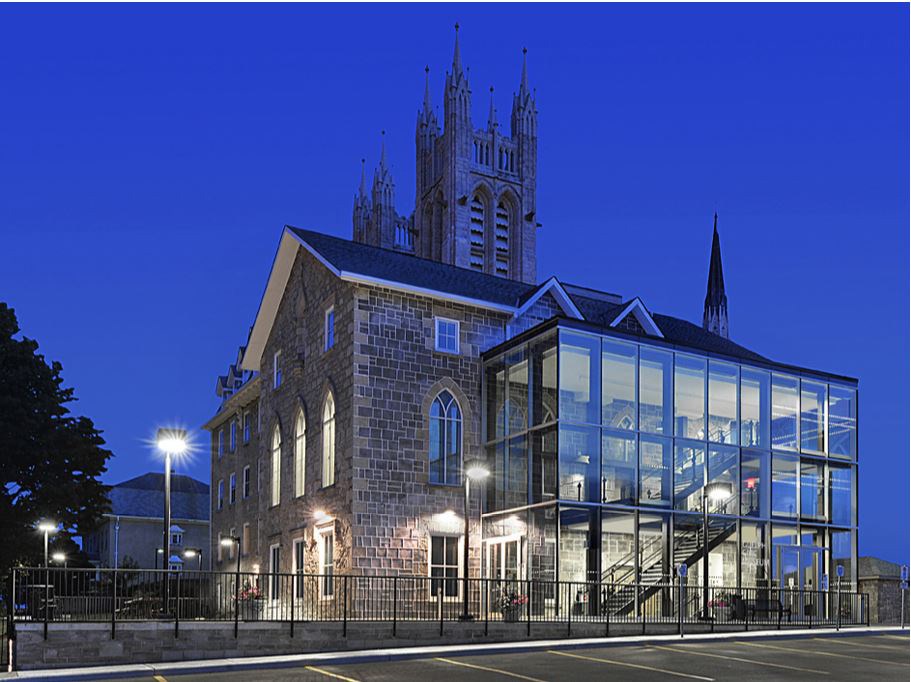Guelph Museums is taking quick measures to document the COVID-19 pandemic by asking residents to share digital and physical objects that illustrate their unique experiences during the crisis.
“One of the most important roles for museums is to collect the community story and certainly as we saw this story developing and the local impact, we saw an opportunity to reach out to the community and ask them to record their story and give thought to the types of objects that will help tell the story years from now,” says manager of Guelph Museums Tammy Adkin.
The museum is accepting online applications of items such as handwritten journals, 3D-printed personal protective equipment, locally sewn masks and hand-painted rocks as well as digital copies of photographs, screenshots of threads from social media, memes, and written perspectives from frontline workers among more. A detailed list of items can be found here.
Guelph Museums has a standard collection process for items. It looks for items related specifically to Guelph, items that can be cared for over time and items that it is able to accommodate in their storage areas.
“Everything that we bring into our collection goes through our collections committee,” says Adkin.
Once collected, objects will be catalogued and digitized to be available for research and future exhibitions at the museum. Community members can also share their experiences on Facebook and Twitter using the #WriteYourGuelphHistory hashtag.
While schools and offices remain closed, Adkin says people will want to learn about and understand this event years from now so they can see how Guelph responded locally to an international crisis.
“We saw Guelph innovators offering to create PPE, we saw community expressions of support for health care providers and front line workers through window displays and rock gardens and so on,” said Adkin.
She says the museum has threads of stories in their collection about the 1918 influenza outbreak which is a moment that resembles the current situation the most. However, it's in pieces.
“We have a nursing collection, we have a collection of medical supplies but right now we’re trying to understand how those kinds of stories are represented,” says Adkin about the 1918 influenza outbreak.
She says typically when items come to the museum collection, they are offered as donations years or even generations from when the story occurred and this results in the museum carrying only fragments of the story.
“By being proactive with this event, we’re hoping to collect a more complete story as we collect it in real-time,” says Adkin.
